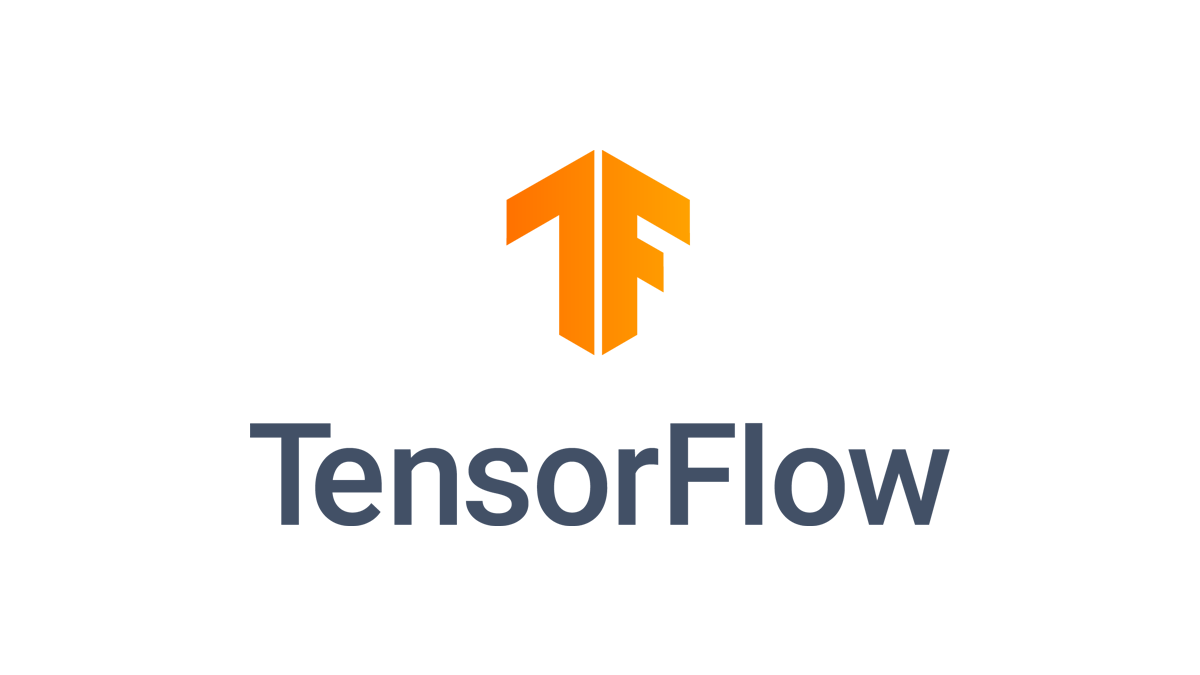TensorFlow is a very popular choice when it comes to AI development. On March 4th the library was updated and is now in the alpha stage of its 2.0 version. So far, I did not provide any information on this topic – it is about time.
In this blog, I will explain TensorFlow and its latest update.
What is TensorFlow?
TensorFlow is an open source software library for numerical computation using data flow graphs. Nodes of the graph represent numerical operations while edges represent multidimensional data arrays, also known as tensors. Because of its flexible architecture the computation process can be deployed to one or more CPUs or GPUs, allowing for greater performances. The system is general enough to be applicable to a wide variety of domains. (cf. [https://www.tensorflow.org])
What is new in TensorFlow 2.0?
The 2.0 Alpha release is full of quality-of-life enhancements and provide advanced functionality for users.
Some of the key enhancements include:
- Eager execution as a central feature: It aligns users’ expectations about the programming model better, which should make TensorFlow easier to learn and apply.
- Improved Keras integration: it provides support for Eager execution, multi-GPU training, TensorBoard visualization and other features.
- Starter list of ready-to-go TF-Hub models loadable in TF 2.0.
- Flexible API choices: users can build models quickly using high level building blocks, or they can write custom models and custom training loops using lower level constructs.
- Support for TPUs (TensorFlow Processing Unit, a special processing chip developed by Google dedicated to AI development).
- Support for multi worker synchronous training.
- Simplified, cleaned-up API: deprecated APIs were removed, redundancies reduced and symbols renamed to more intuitive names.
- New releases of TensorFlow.js and Swift for TensorFlow packages.
- New add-ons and extensions (eg. TF Datasets, TF Federated, TF Privacy, etc).
There are many upcoming enhancements, which majorly include technical improvements and fixes for known issues.
None of the changes above affect any of my projects in a negative way. I could (and probably will) put the new features to the test and compare the 2.0 results with the old ones – given that the provided hardware plays along.
Sources
[https://www.tensorflow.org]
Why TensorFlow: https://www.tensorflow.org/?hl=de (26.06.2019)
[https://medium.com]
What’s coming in TensorFlow 2.0: https://medium.com/tensorflow/whats-coming-in-tensorflow-2-0-d3663832e9b8 (26.06.2019)
